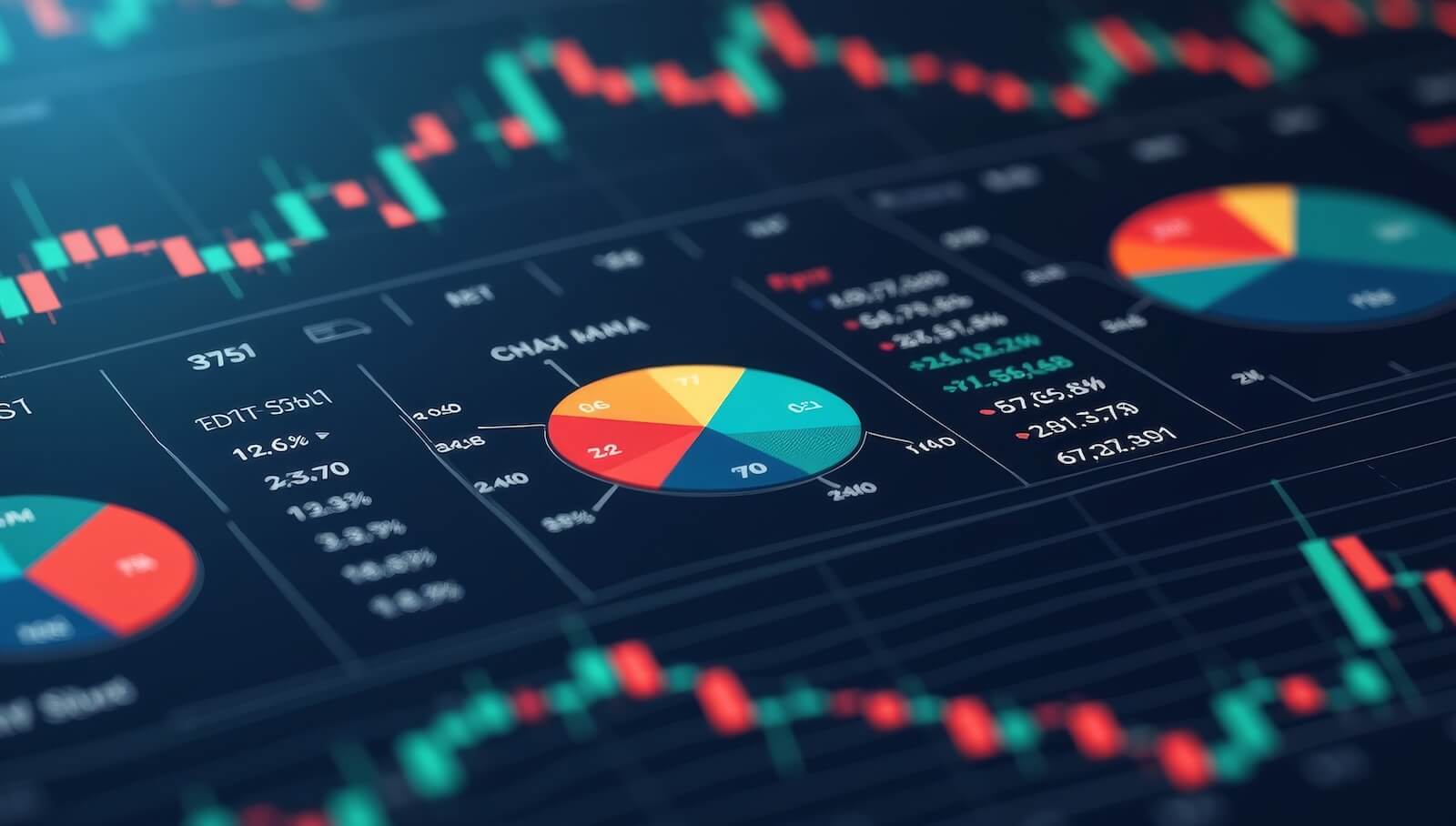Bond Yields Are Breaking Out All Over
- Basic changes in long-term momentum
- The five-year maturity is signalling an end to the secular decline in yields
- Twenty-year yield showing signs of basing
- Ten-year attacking mega down trend line
- From a short-term aspect bond prices look vulnerable
- Utilities about to crash?
Basic changes in long-term momentum
Since the beginning of 2017 of yields of differing maturities have been diverging, with short-rates rallying and yields on longer-dated maturities gently losing ground. That dichotomy appears to be ending as longer-term maturities have started to beat to the drum of higher rates as well.
Chart 1 sets the scene, as it compares the long-term smoothed momentum (KST) of five different maturities. Note how momentum for the key two-year yield, having stalled for most of last year, has now started to re-accelerate on the upside; so has the five-year maturity. The ten and twenty-year series, which looked as if they were headed lower, have also begun to stall. Only the thirty-year maturity is still trending lower.
What appears to be going on, is a basic reversal of the very long-term (secular) trend of lower rates that began in 1981. We can observe this in the two and three-year maturities but signals of a secular reversal also extend down the curve to the five-year term.

Chart 1
The five-year maturity is signalling an end to the secular decline in yields
Because of their very long-term nature, secular trends take a long time to reverse direction and are typically associated with a large trading range, both at peaks and troughs. Secular trends, lasting 20-40-years generally require a turn-around time lasting between 6- and 12-years. We can see in Chart 2, that the five-year series completed a 2010-2016 base a year or so ago. It more recently broke out from an even larger one, the neckline of which is reflected by the dashed green trendline. During the course of its secular decline the yield has crossed its 96-month (blue) MA a couple of times, but the break has never been as decisive as is currently the case. That adds credibility to the secular reversal case.

Chart 2
So too, does the fact that the yield has reversed the long-term downward peak and trough progression. This has been flagged with the red lines, and the upward one, reflected with the green ones. There is also an alternative chart interpretation, not of a reverse head and shoulders, as featured in Chart 3, but a double bottom. It really does not matter what we call this base. Either way, it represents a battle between buyers and sellers with final victory going to the buyers.

Chart 3
Twenty-year yield showing signs of basing
You may recall from Chart 1, that the long-term KST for the twenty-year series had stalled, but had not yet joined its 2-year counterpart by actually reversing to the upside. Chart 4 argues that it may soon do so. The arrows indicate when the 52-week ROC has reversed from at or beyond an extreme reading, red for overbought and green for oversold. Virtually every signal was valid in one way or another. Recently, the ROC slipped to an oversold reading and has now begun to reverse again. Whether this was enough to result in a rally that reverses the drop since early 2017 is open to question. However, the fact that it reached a record reading in mid-2017 suggests that the long-term character of the market has changed, and that transformation is bullish for yields.

Chart 4
Ten-year attacking mega down trend line
Chart 5 compares the ten-year yield to a confidence indicator, expressed as a ratio between the iBoxx High Yield ETF, the HYG, and the Barclays 7-10-year Treasury ETF, the IEF. A rising relationship reflects confidence, as traders bid up the prices of junk bonds relative to highest quality treasuries. The chart shows both series to be at a critical technical juncture in the form of a multi-year down trend line. In the case of the ten-year we see an initial breakout, which implies higher yields. If confirmed by the ratio, that would strongly enhance the case for a secular reversal. Remember it’s easy to update this chart by simply clicking on it.

Chart 5
International rates poised to move higher
Chart 6 compares the US ten-year to similar measures abroad. All three are close to 4-year down trend lines, which suggests that, led by the US, a worldwide upside breakout in bond yields could soon be upon us.

Chart 6
From a short-term aspect bond prices look vulnerable
Chart 7 features the IEF. This time, of course, we are looking at bonds from the point of view of price rather than yield. In this instance, the price has experienced two false breaks, one to the downside below the red trendline and the other above it. The latest data indicate a break to new lows and the completion of a 6-month head and shoulders top. The two whipsaws suggest that the breakout in Chart 5 is valid and that a major signal of higher yields and lower prices is currently taking place.

Chart 7
Chart 8 shows the position for Barclays 20-year Trust, the TLT. Here we see the price trading right at critical support in the form of a potential head and shoulders neckline, the 2016-17 up trend line and the 200-day MA. Given the very long-term technical situation, which hints at a basic trend reversal, a drop below the $123-4 area that holds, could be the precursor of something much larger.

Chart 8
Utilities about to crash?
Finally, it’s a well-known fact that the utilities are a very interest sensitive sector and often provide a clue as to the future course of rates. Chart 9 shows that the jury is still out on this one as the S&P Utility Index is still trading above its 9-year up trend line. However, its RS line is transmitting something completely different as it has just experienced a major break to the downside. Note that the KST for relative action, in the bottom window, has just reversed to a downward trajectory. I am not forecasting that utilities are about to crash, but there is no doubt that they look vulnerable and are behaving in a consistent manner with a rising interest rate scenario.

Chart 9
Good luck and good charting,
Martin J. Pring
The views expressed in this article are those of the author and do not necessarily reflect the position or opinion of Pring Turner Capital Group of Walnut Creek or its affiliates.










